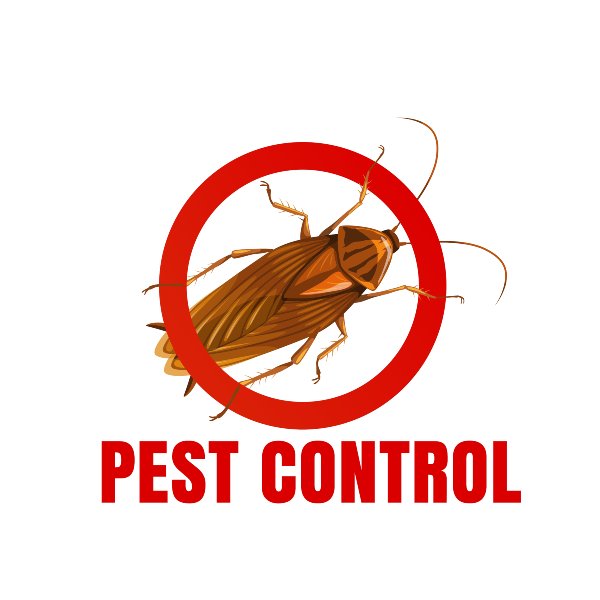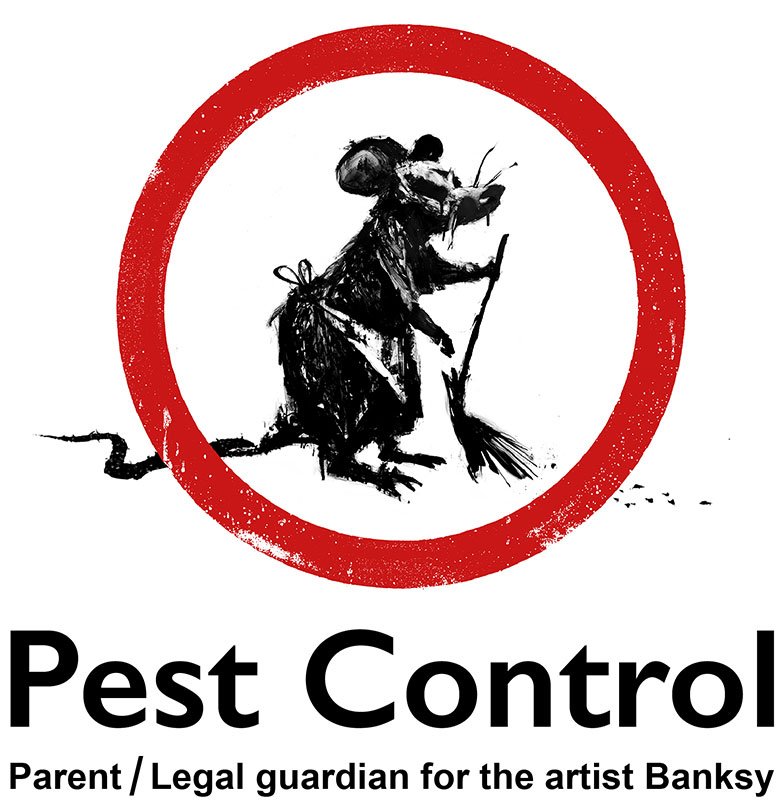A1 Bed Bug Exterminator Charlotte - Effective and Budget-friendly Services
A1 Bed Bug Exterminator Charlotte - Effective and Budget-friendly Services
Blog Article
Bed Bug Treatment Breakdown: Comparing Chemical Vs. Non-Chemical Solutions
In the world of pest control, especially when managing the consistent problem of bed pests, the selection in between chemical and non-chemical therapy remedies can be a crucial one. Both methods offer distinct benefits and drawbacks, influencing factors such as efficiency, security considerations, and overall price. By examining the nuanced information of each method, a more clear understanding of which course to seek in resolving a bed insect problem can be achieved.
Effectiveness of Chemical Treatments
Chemical treatments for bed bug infestations have been extensively identified for their potent and rapid efficiency in getting rid of these pests. When considering the performance of chemical therapies, it is essential to recognize that they can provide a fast and thorough option to a bed insect problem.
Moreover, chemical treatments have the benefit of offering residual impacts, implying that they can remain to eliminate bed insects also after the initial application. This residual action is specifically advantageous in combating any potential re-infestations. In addition, the quick activity of chemical therapies can bring relief to people encountering serious bed insect invasions, permitting them to reclaim control of their living areas swiftly.
Safety And Security Worry About Chemical Solutions
One critical element that calls for careful factor to consider when utilizing chemical remedies for bed bug treatment is guaranteeing the security of residents and the atmosphere. Direct exposure to certain chemicals utilized in bed pest treatments can lead to breathing problems, skin inflammation, or other negative reactions, particularly in individuals with pre-existing problems or sensitivities.
Furthermore, the environmental effect of chemical services is an additional substantial consideration. Some chemicals utilized in bed bug therapies might be hazardous to useful pests, wild animals, and communities if they leach right into the soil or water systems. It is necessary to utilize chemical treatments carefully, complying with security standards, and thinking about much less harmful options to alleviate these dangers and make sure the risk-free and effective monitoring of bed insect invasions.
Advantages of Non-Chemical Approaches
Taking into consideration the prospective safety worries and environmental impact connected with chemical services for bed insect treatment, discovering non-chemical methods provides an encouraging option with numerous distinctive advantages. Non-chemical approaches supply a much safer choice for families, especially those with animals, children, or individuals delicate to extreme chemicals. These methods remove the dangers of exposure to harmful materials, reducing the potential for unfavorable health and wellness impacts. Furthermore, non-chemical treatments are ecologically friendly, as they do not add to air or water contamination, making them a sustainable option for bug control.
Additionally, non-chemical remedies can be effective in targeting bed insects, including hard-to-reach areas where chemical therapies might not pass through. Approaches such as warmth therapy, vacuuming, heavy steam cleansing, and bed mattress encasements provide comprehensive removal without using dangerous chemicals. In addition, non-chemical techniques can be less turbulent, calling for minimal preparation and enabling quicker reentry into treated locations. Generally, opting for non-chemical bed pest treatment approaches not only focuses on safety and security and environmental management but also guarantees reliable and thorough pest control.
Limitations of Non-Chemical Treatments

Furthermore, non-chemical treatments commonly need several applications to achieve successful removal. This can be taxing and might not constantly assure total elimination of all bed bugs and their eggs, particularly in hard-to-reach or hidden places.
Moreover, the success of non-chemical therapies heavily relies upon appropriate application and thoroughness, which can be challenging for people without professional competence. Poor application of non-chemical techniques may cause insufficient elimination, bring about consistent infestations and the need for extra navigate to this site therapies.
As a result, while non-chemical therapies have their advantages, it is important to acknowledge these limitations and consider them when identifying one of the most efficient method for taking care of bed pest problems.
Expense Comparison: Chemical Vs. Non-Chemical Options
Provided the constraints related to non-chemical treatments, an important facet to review in the context of bed insect monitoring is the cost comparison between chemical and non-chemical options. Chemical treatments usually include the application of pesticides by professionals, which can vary from $250 to $900 per room, depending upon the intensity of the problem and the size of the location to be treated. On the other hand, non-chemical treatments like warm treatment or steam can be much more expensive, with costs varying from $1,000 to $6,000 for an entire home. While the preliminary cost of chemical therapies might seem reduced, numerous therapies may be needed to completely remove the infestation, potentially enhancing the general price. On the various other hand, non-chemical choices may provide a much more lasting and environment-friendly remedy, although they can be cost-prohibitive for some people. Eventually, when thinking about the expense of bed bug therapy choices, it is essential to weigh the upfront expenditures get rid of rodents against the performance and long-lasting sustainability of the chosen method.
Final Thought

Taking into consideration the potential safety issues and environmental impact connected with chemical services for bed pest treatment, checking out non-chemical strategies provides an appealing alternative with numerous unique advantages.Offered the constraints associated with non-chemical therapies, a crucial element to examine in the context of bed insect management is the expense comparison between chemical and non-chemical choices. In contrast, non-chemical therapies like warm treatment or heavy steam can be extra costly, with prices ranging from $1,000 to $6,000 for a whole home. While the initial expense of chemical treatments might appear lower, numerous treatments might be required to totally get rid of the website here infestation, potentially enhancing the total expense.In conclusion, when contrasting chemical and non-chemical bed pest treatment choices, it is important to think about efficiency, safety and security, advantages, constraints, and cost.
Report this page